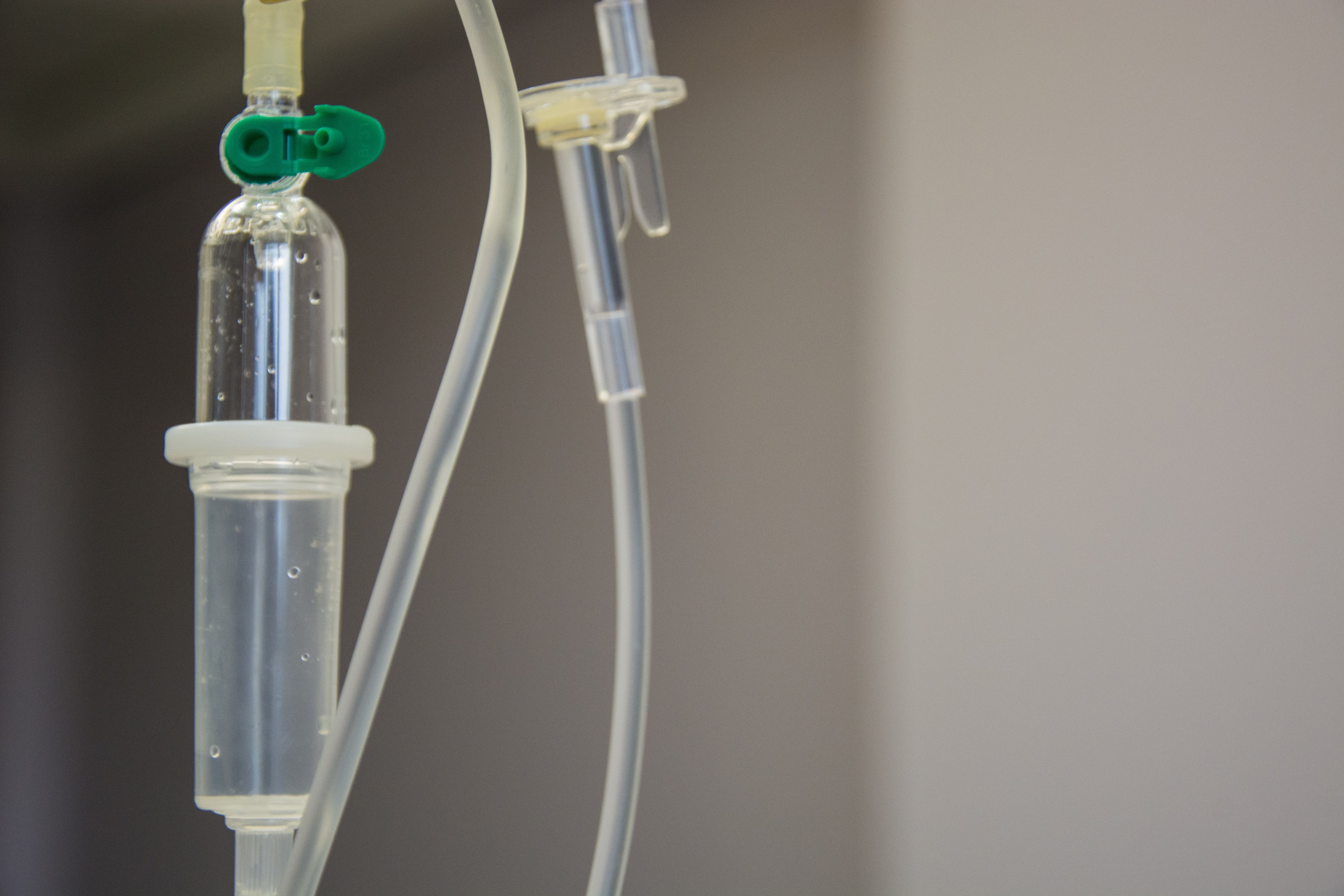Convalescent Plasma Fails to Stop Progression in High-Risk COVID-19 Outpatients
In a head-to-head randomized controlled trial, 30% of outpatients who received convalescent plasma had disease progression, compared to 31.9% of patients who received placebo.

COVID-19 convalescent plasma does not appear to prevent disease progression in high-risk outpatients who were administered the treatment within a week of symptom onset, according to a new study.
The report is the latest evidence in the ongoing effort to pin down the best strategies for treating patients with COVID-19, though the report does not claim that there might not be other instances in which the treatment is beneficial. The study was published in the New England Journal of Medicine.
The use of plasma from patients who recently recovered a particular illness has long been used to deal with emerging infections. COVID-19 has been no different, though corresponding author Clifton W. Callaway, MD, PhD, of the University of Pittsburgh, and colleagues, said few randomized controlled trials have been undertaken to evaluate the therapy’s use in patients who have contracted the SARS-CoV-2 virus.
Callaway and colleagues with the Strategies to Innovate Emergency Care Clinical Trials Network (SIREN) wanted to know whether the strategy might prove beneficial for high-risk patients who sought care within the first week of COVID-19 symptoms.
They constructed a randomized, multicenter, single-blind study in which high-risk patients who sought emergency care were assigned to receive either one unit of convalescent plasma with a high titer of antibodies against SARS-CoV-2 or placebo.
Patients were characterized as high-risk if they were at least 50 years old or had at least one risk factor for disease progression. Those included in the study had visited the emergency department within a week of symptom onset and were considered stable enough for outpatient management. The primary outcome was disease progression after 15 days, and the secondary outcomes were disease severity, hospital-free days within 30 days, all-cause mortality.
A total of 511 patients were included in the trial, with 257 given the plasma treatment and 254 given placebo. The outcomes between the two groups were similar. Seventy-seven patients (30%) in the treatment group experienced disease progression, compared with 81 patients (31.9%) in the placebo group. Five patients in the treatment group and one patient in the placebo group died.
Thus, concluded the investigators, the therapy failed to prevent disease progression better than placebo.
Callaway told Contagion the therapy remains available under an emergency FDA authorization for hospitalized patients, and thus is not available in an outpatient setting, except in trials like this one. He noted an expanded access program sponsored by Michael J. Joyner MD, of the Mayo Clinic, has reported about 50,000 uses of the therapy in its publications.
While the current study suggests convalescent plasma is not beneficial among high-risk outpatients, Callaway said there may still be other groups of patients for whom this type of passive immunization may prove beneficial.
“For example, emerging data indicate that immunosuppressed persons, such as those with solid organ transplants, may not reliably develop immunity after COVID-19 vaccination,” he said.
It is possible, Callaway said, that such patients might benefit from plasma infusion. It is also possible that that plasma could prevent the development of symptomatic COVID-19 among patients exposed to the virus. However, he said his present study did not include sufficient numbers to test such niche groups.
Callaway added that he and his colleagues are probing whether the immunological status of a patient may determine whether they will benefit from convalescent plasma.
“We collected blood from our patients in this trial, and part of our ongoing work now is to analyze whether the baseline levels of anti-SARS-CoV-2 antibodies in the patients predicted any treatment effect,” he said.
Callaway said results from that analysis will hopefully be made public within the next few months.
